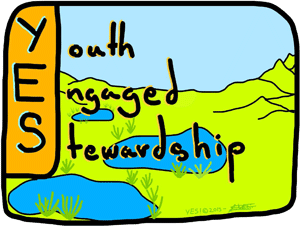What have the YES! youth contributed that is sustainable?
In concert with their partners, scientists, and managers, YES! participants transplanted endangered Huachuca water umbel plant into one of the Cieneguita habitat ponds in 2013, and it has already spread to two other Cieneguita ponds—and that’s great news for this plant that looks somewhat like small green spaghetti strands and supports aquatic fish and frogs.

At Cottonwood Tank, a restored pond for Chiracahua leopard frog habitat, over 200 frogs were counted at the last census and signage explains the importance of aquatic habitats and species to stakeholders that visit Las Cienegas.
Participants also expanded the YES! Program to include a Volunteer Day, initiated monitoring and other activities that other youth can do, and through their positive interactions with scientists mentors, have recruited more partnerships to work with youth.
View the YES! 2018 recap and 2012-2018 program accomplishments.
Learn more about enduring impacts for each YES! class:
YES! 2018: Wildlife Research and Habitat and Pond Improvement
















































































Over the course of the summer, YES! 2018 participants completed:
- The Hummel house and surrounding structures were measured, documented and assessed and a final report submitted to BLM for their use. Brush and debris were removed from around the existing structures to form a firebreak and upkeep the exterior of the buildings.
- Purchased block for habitat improvement on 2 frog ponds with work on one pond completed by volunteers from Empire High School.
- Successfully ran a volunteer day to complete their restoration work at the Bill’s pond. Students and volunteers installed over-wintering habitat structures for amphibians and fish in the banks of the pong. Work was also completed on locating and excavating the water line to the pond, which will be rerouted to improve water circulation. YES! students were responsible for leading the day’s events and managing all volunteers.
- Report was submitted to the Bureau of Land Management on the wildlife camera captures for the time period of August 2017 to July 2018.
- Population survey on one of the prairie dog restoration sites was completed and report submitted.
- Photo points were documented for the sacaton restoration site and monitoring protocol set for soil testing documented. Soil testing equipment was purchased for continued monitoring at the site.
YES! 2017: Health of Habitat Ponds at Las Cienegas
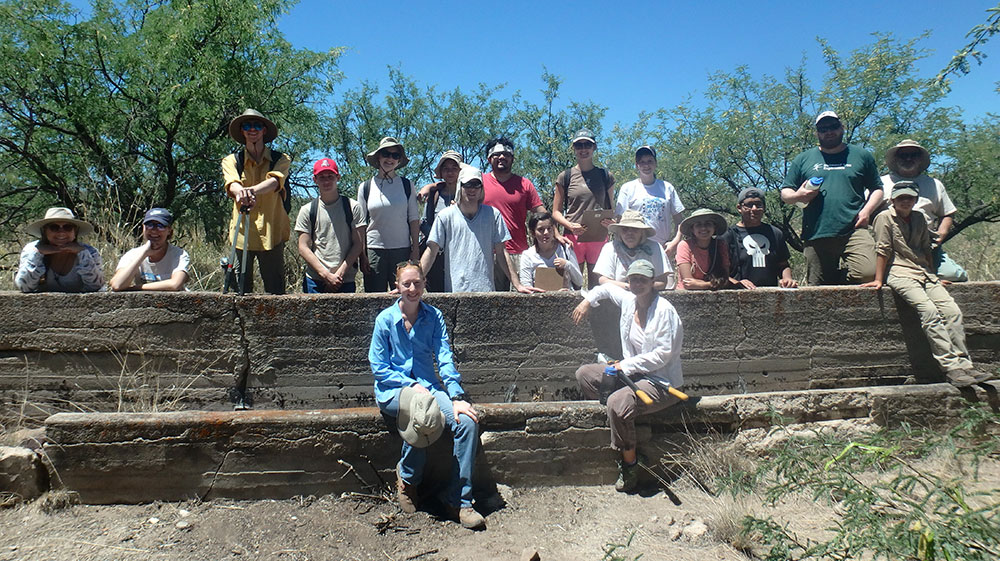


















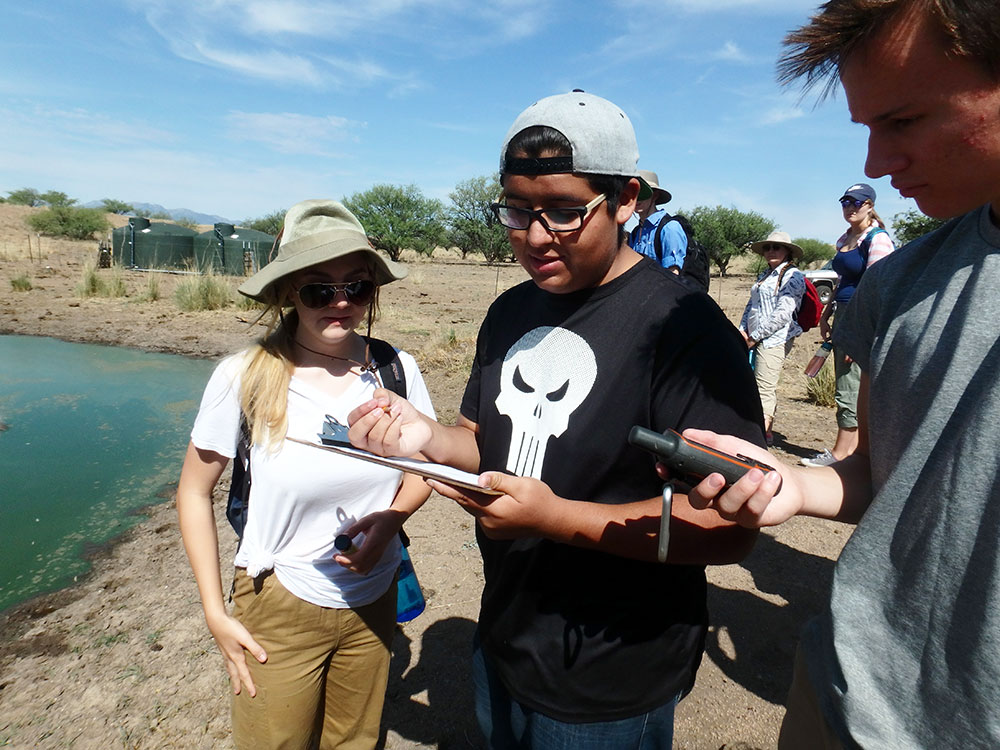
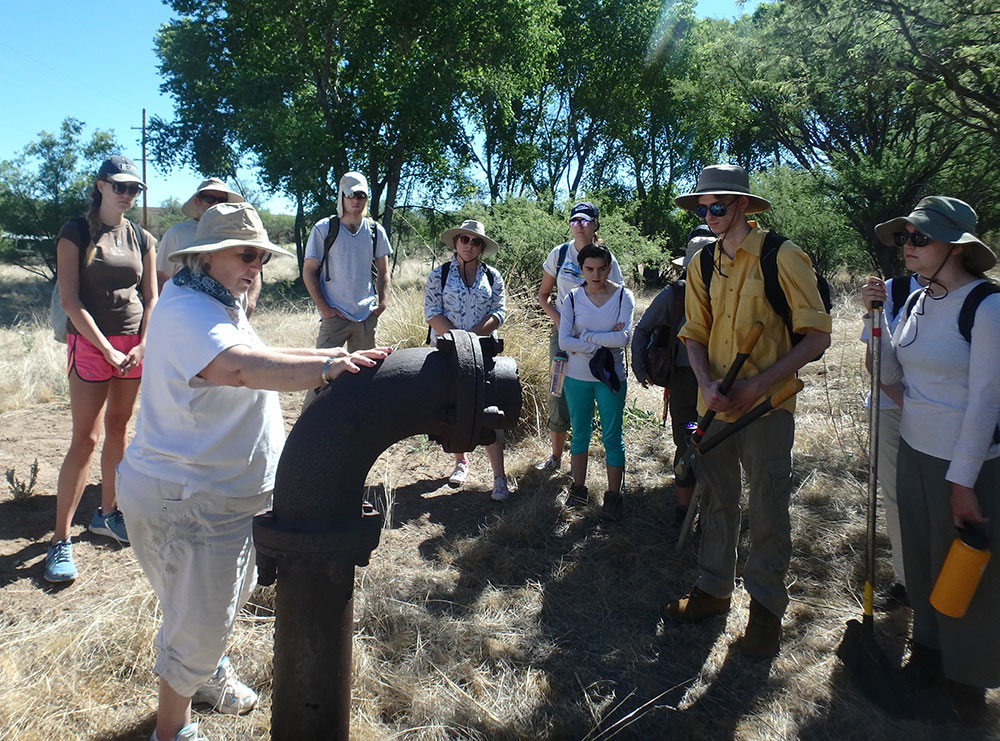
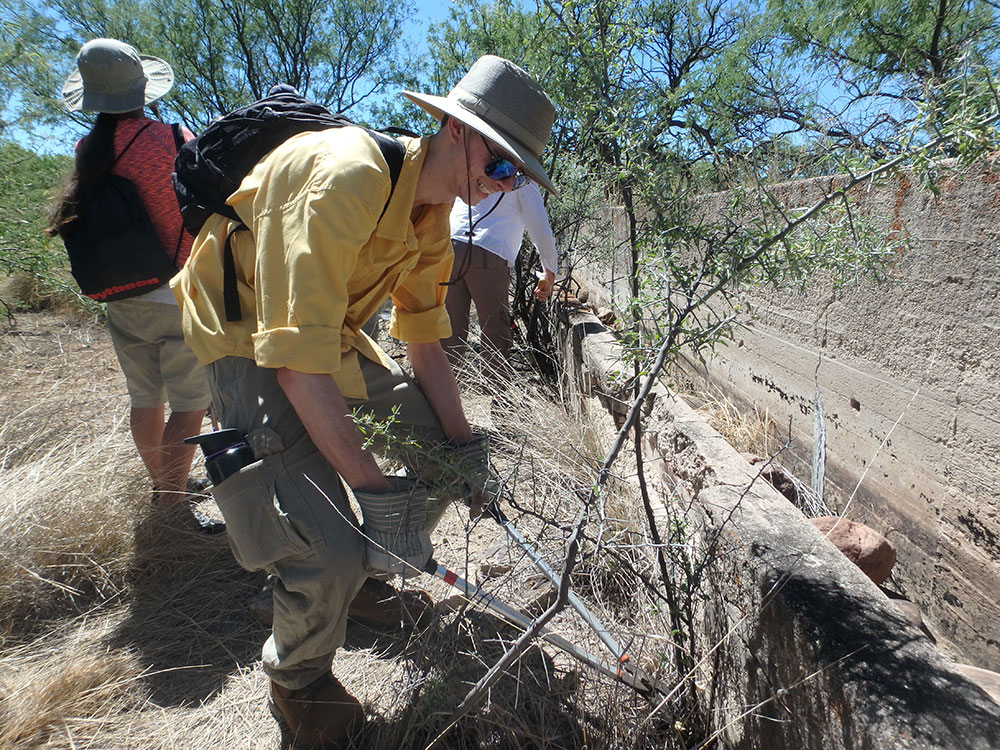
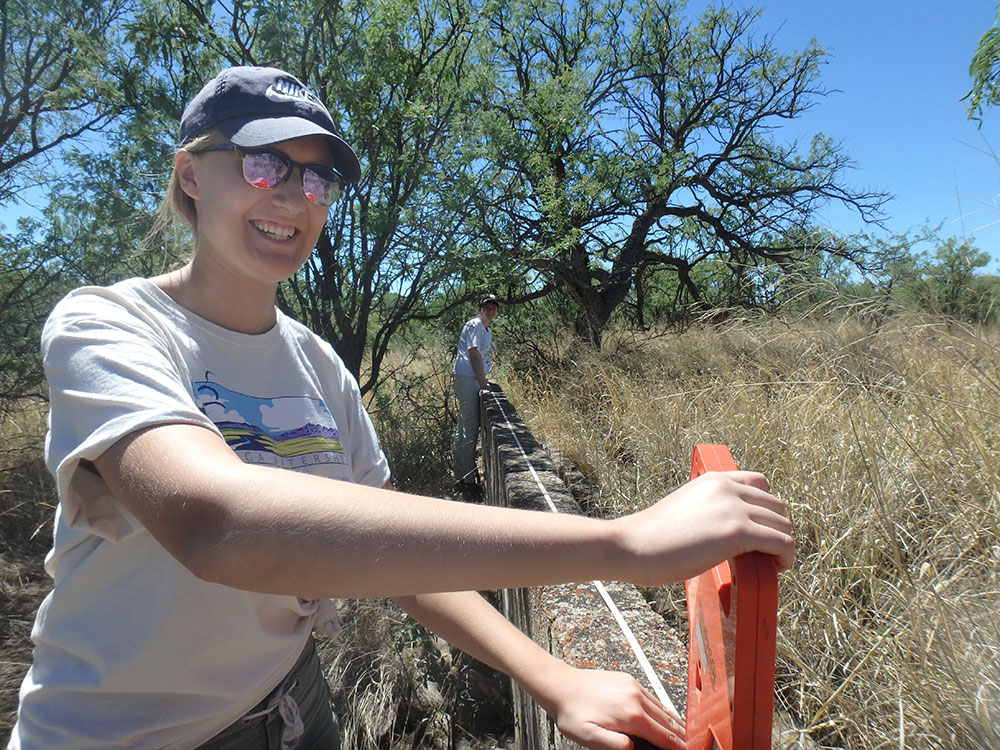
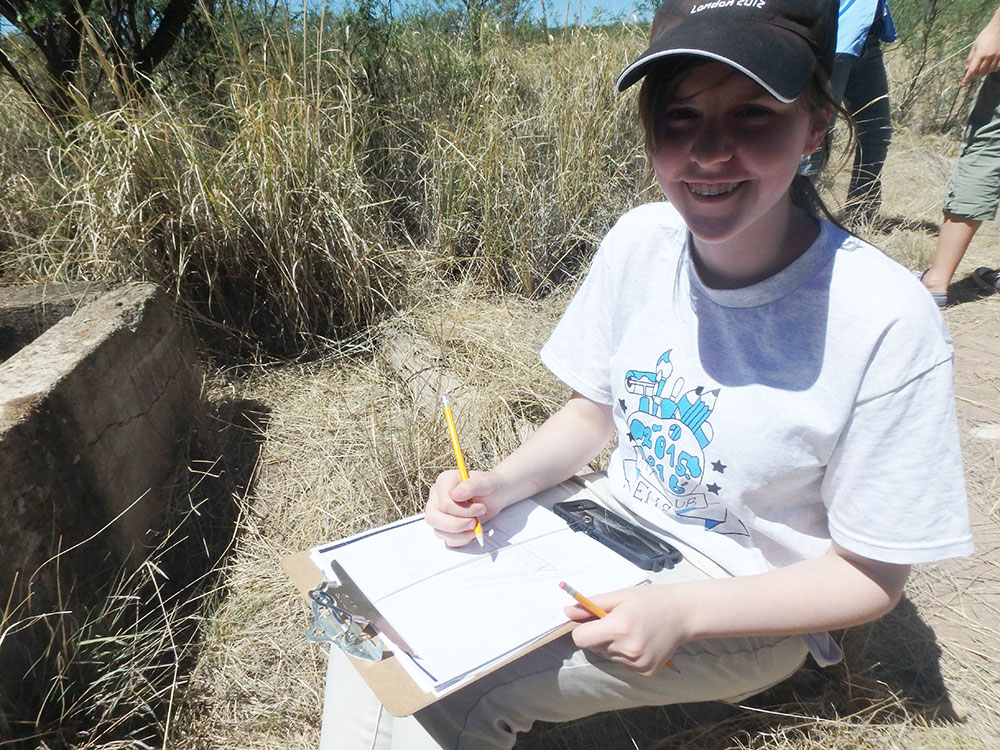
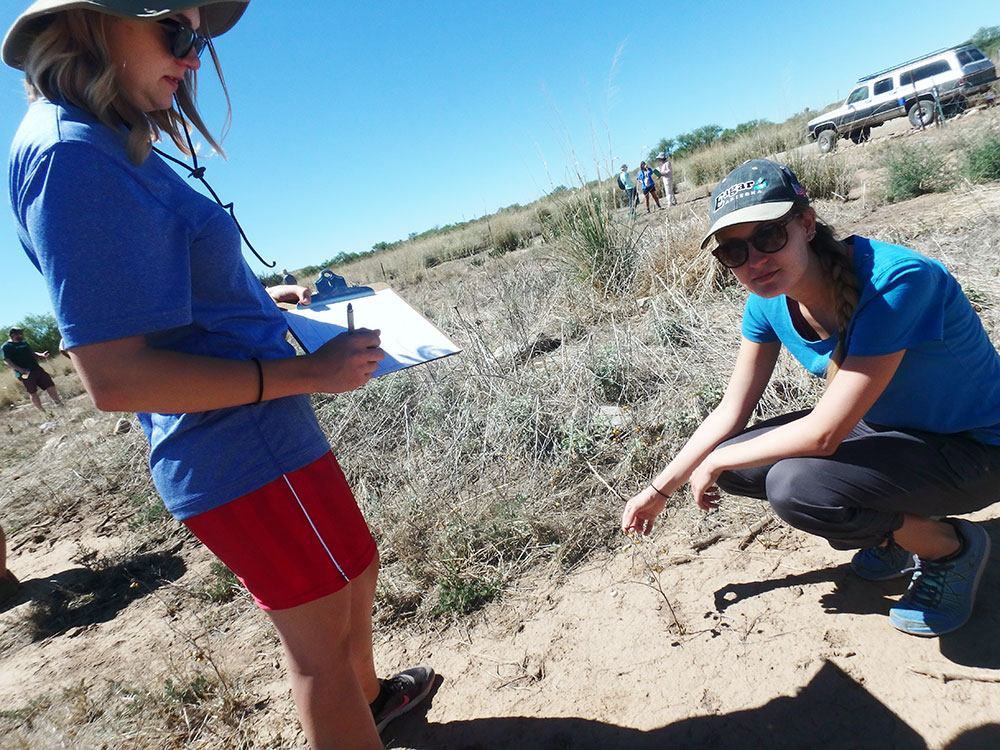

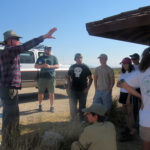
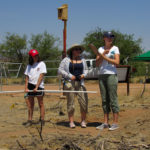
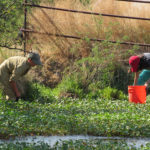
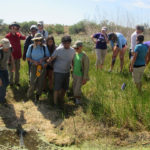
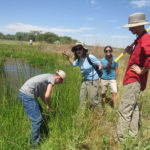
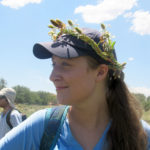

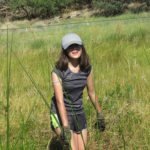
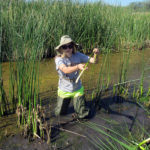
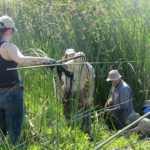
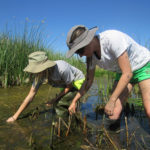

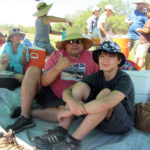
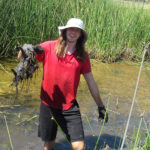
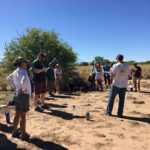

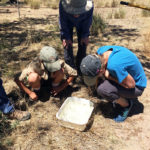
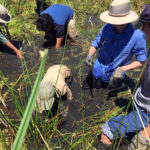

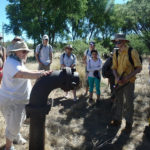
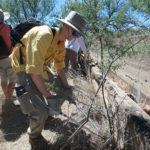

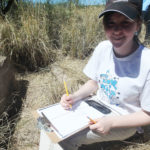

Over the course of the summer, YES! students have documented and aided in the preservation of an historic apple orchard and pipeline, surveyed and collected data on a prairie dog restoration site that contributed to a scientific paper, and collected data on a sacaton restoration site.
YES! 2017 students focused the majority of their effort on the health of the habitat ponds at Las Cienegas. A day was dedicated to establishing aquatic plant species at a new pond site and increasing shade and structure along the banks of the pond to aid in plant retention and to provide shelter for leopard frogs. The participants also held a very successful volunteer day at the Cieneguita ponds, with 20 participants joining them to remove invasive bulrush and cattails from the habitat ponds. In providing for the long-term health and monitoring of the ponds, the youth board purchased four wildlife cameras that will be installed at Cottonwood Pond and Bill’s Pond this fall by Empire High School students. Cienega Watershed Partnership interns and Empire students will be collecting the data and creating a platform for sharing the images captured.
YES! 2016: Sacaton Study Area and Restoration
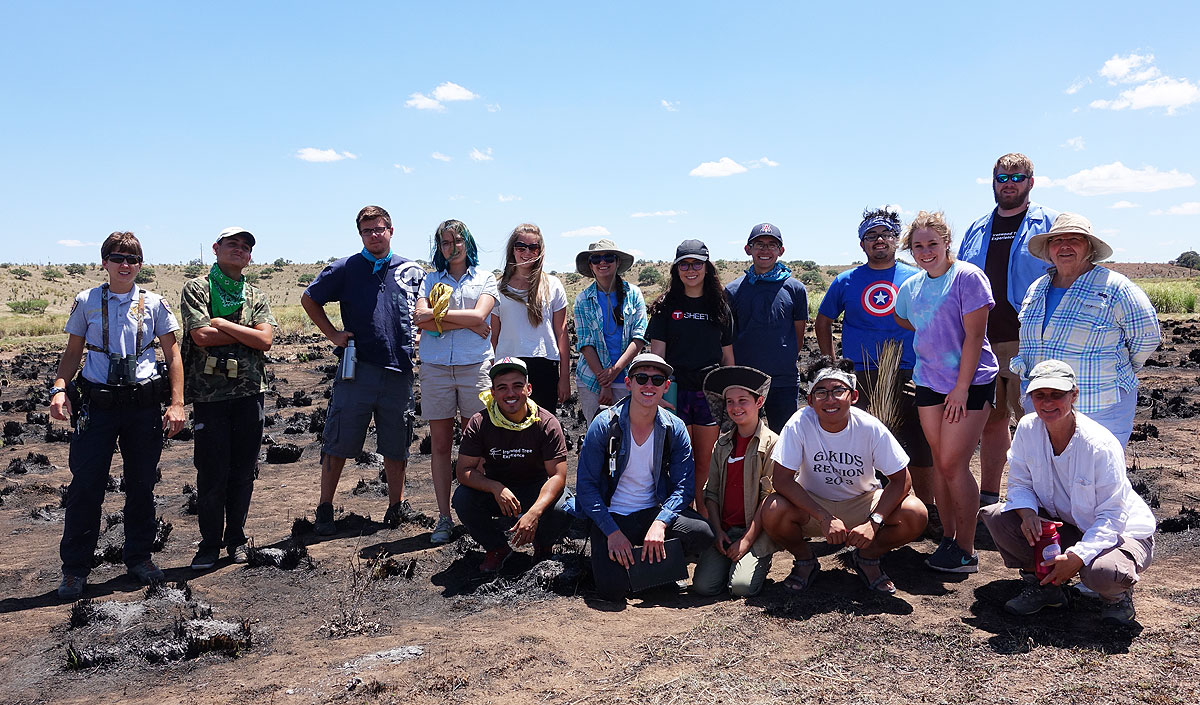
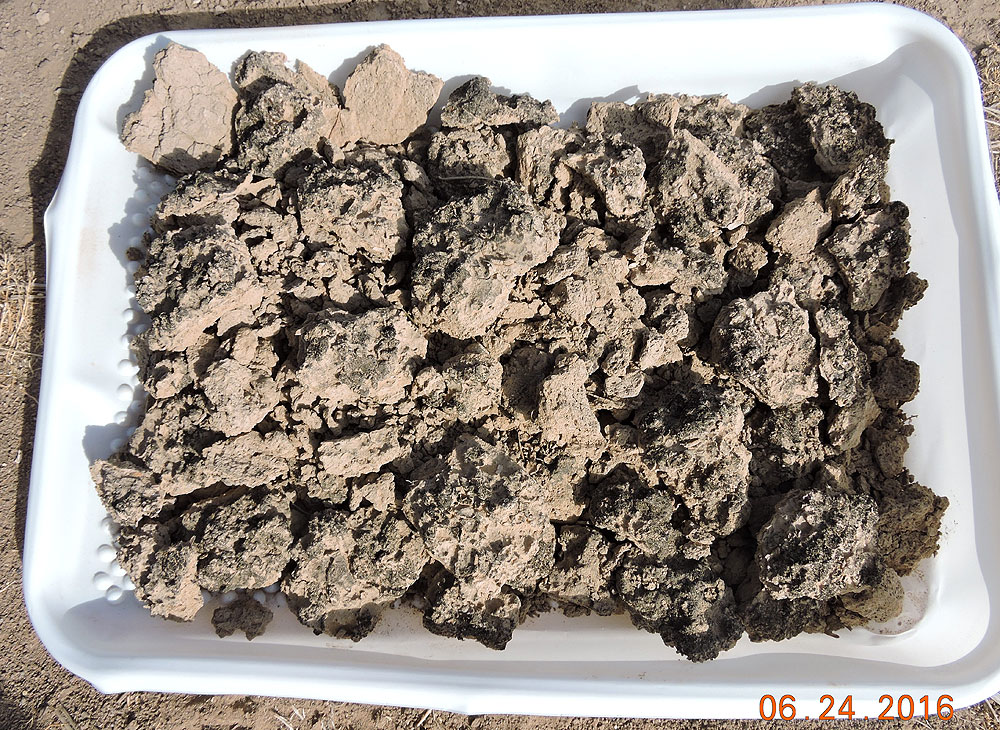
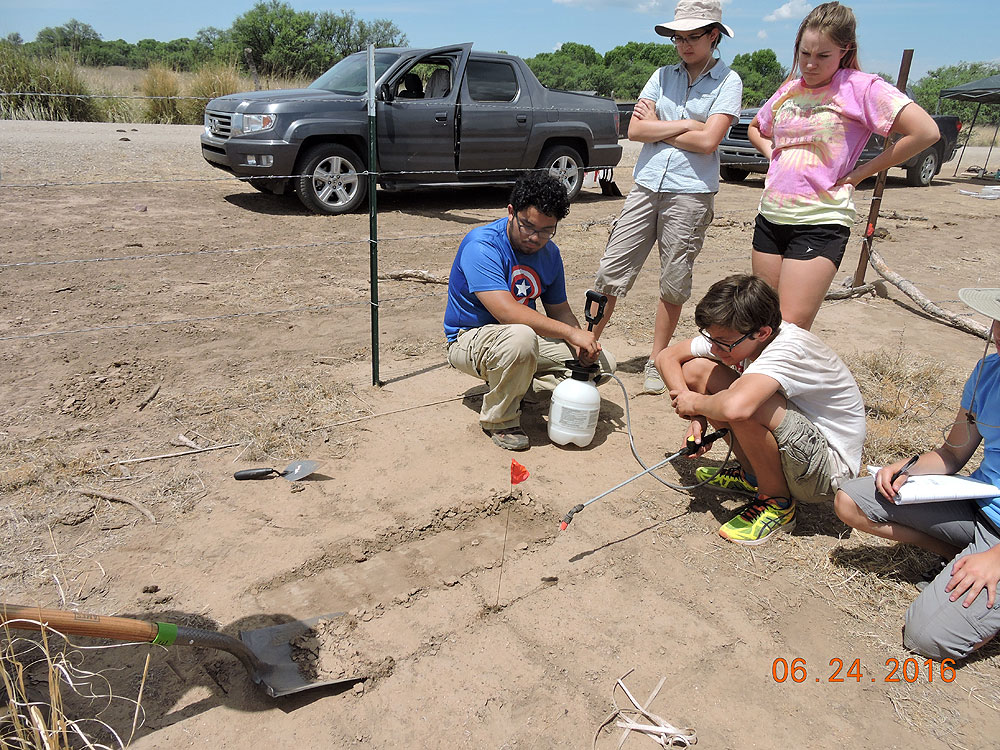
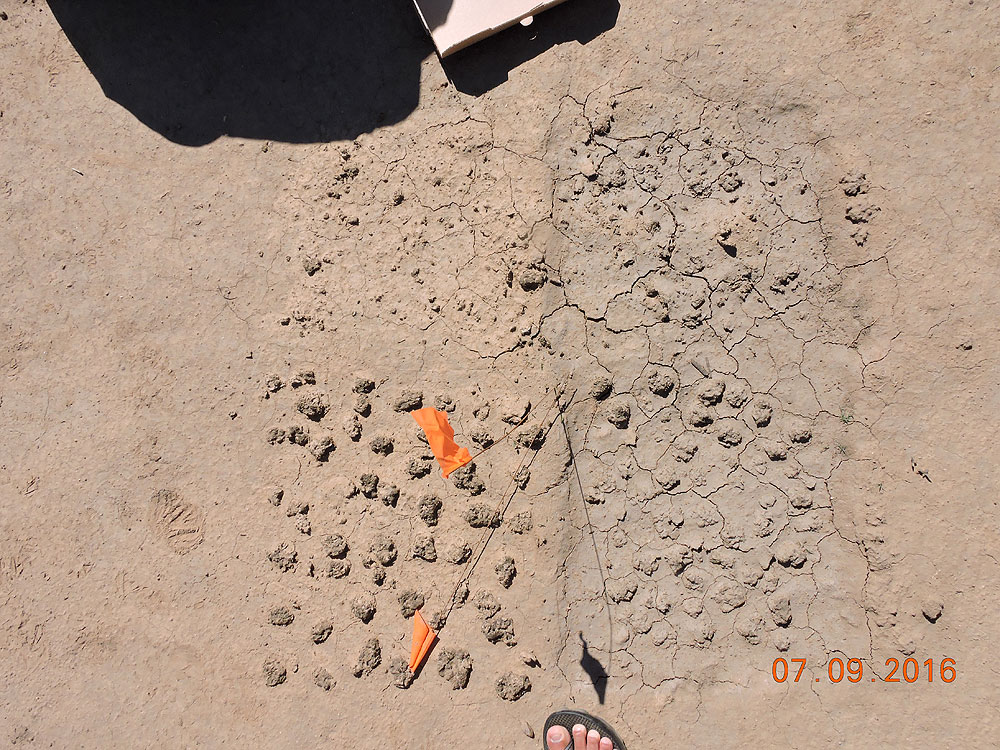
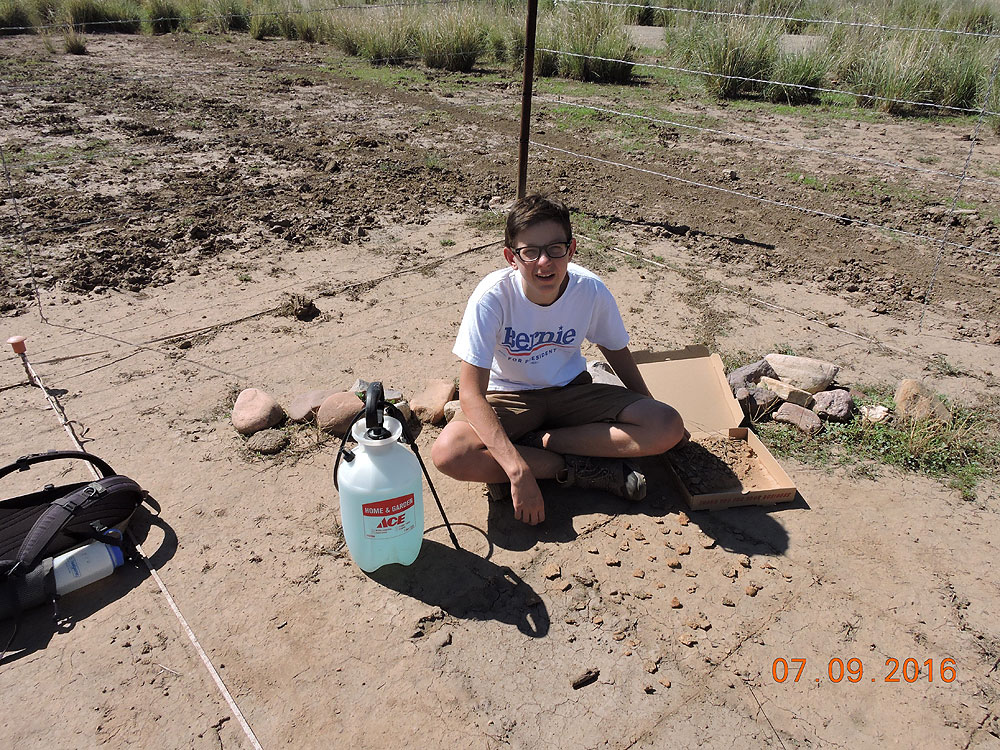

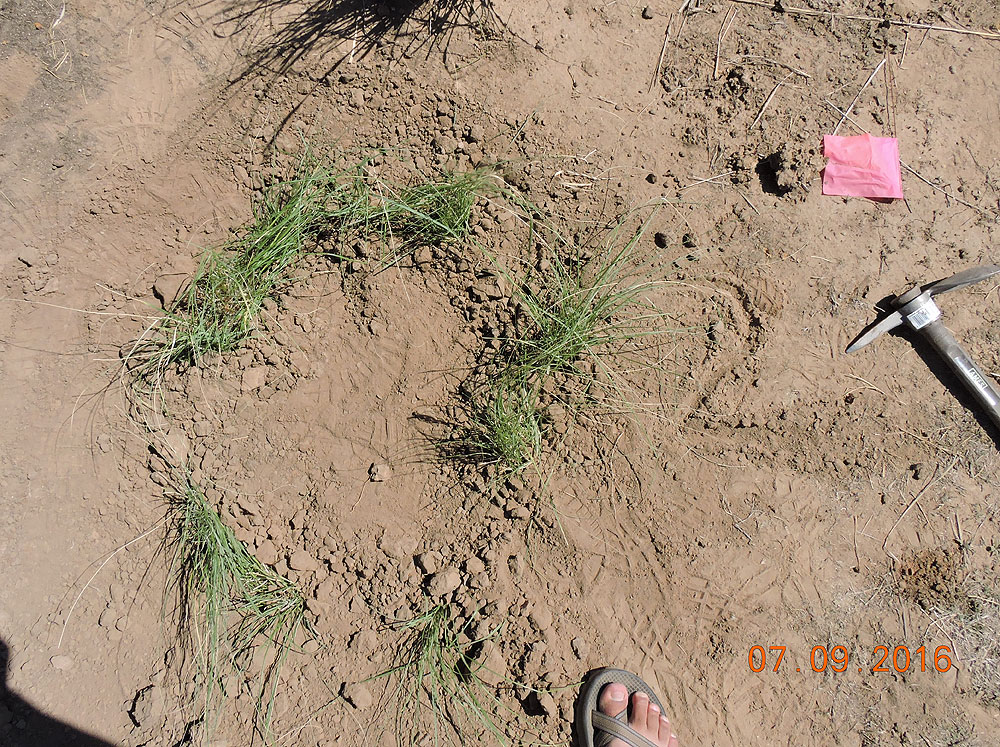
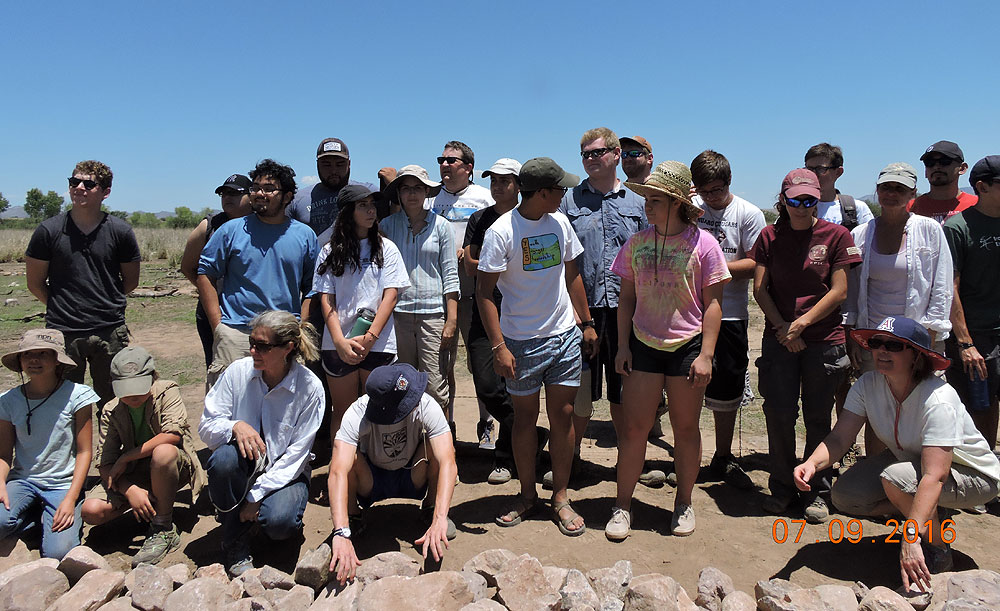


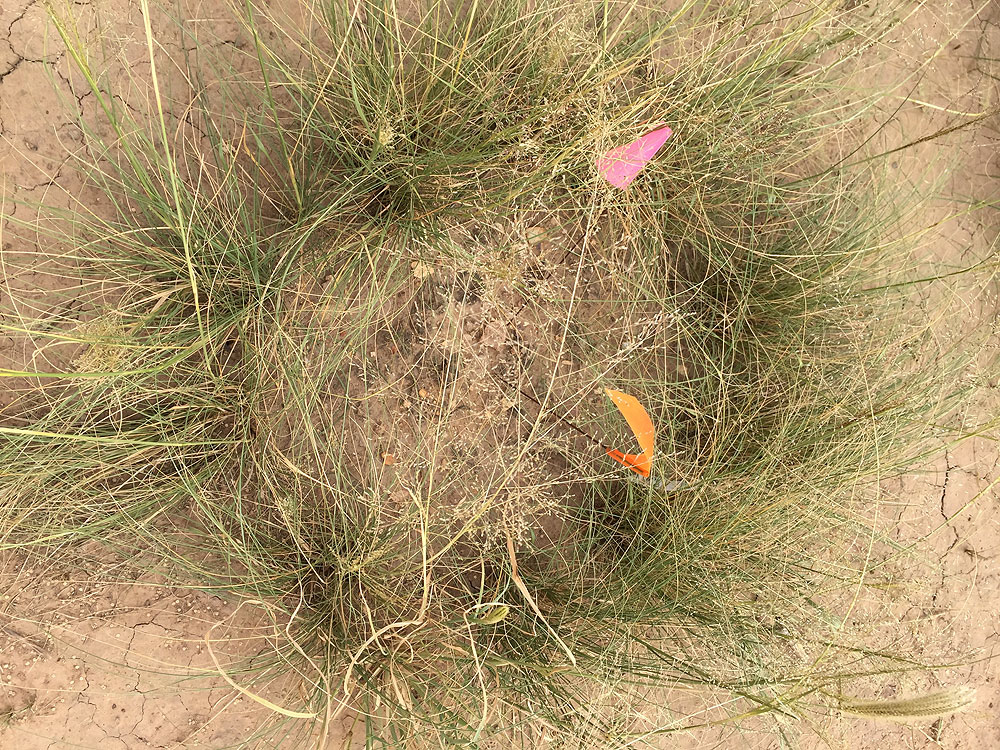
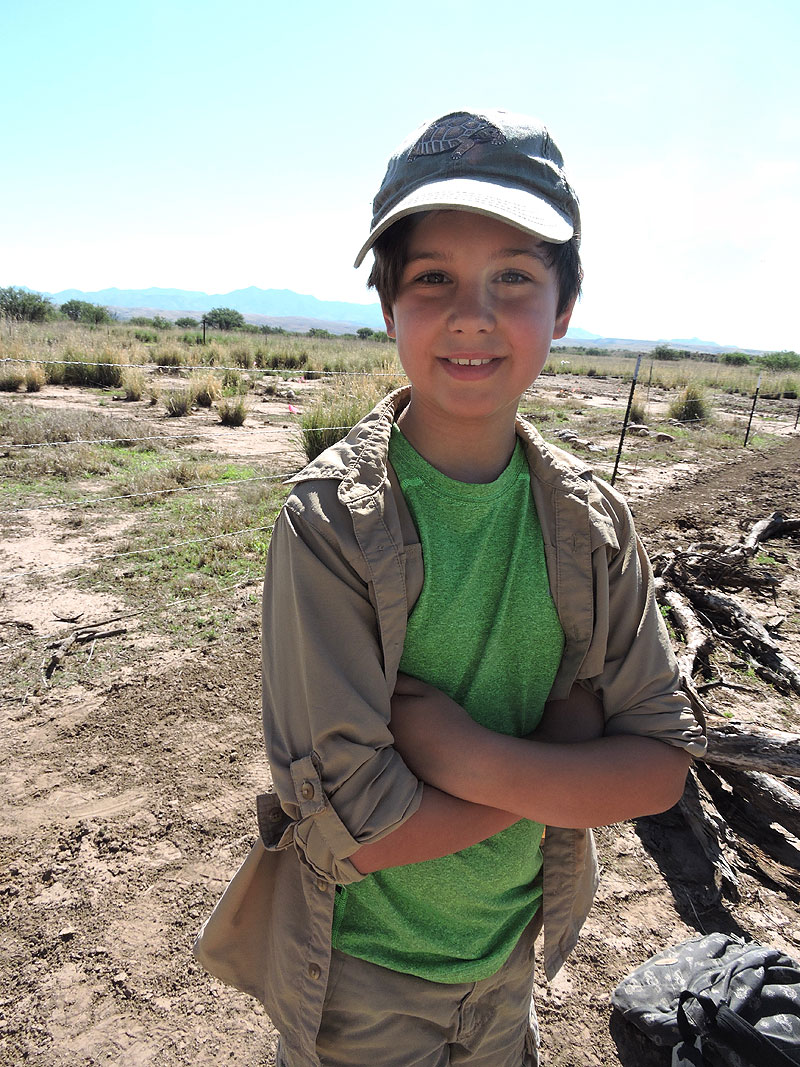
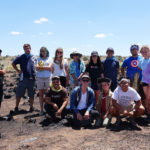

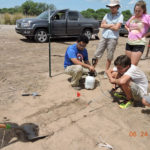

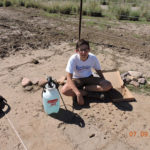
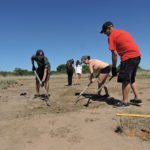

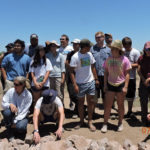
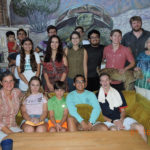
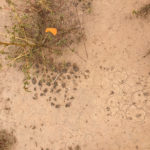

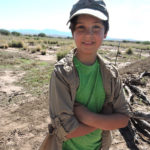
YES! 2016 was another highly successful year, with 11 high school students participating and two past students participating as interns for the summer. Students spent the summer delving into the management and restoration issues affecting Las Cienegas National Conservation Area (LCNCA). New this year was an introduction to the importance of phenology networks, data collection, and the search for locating an historic orchard at LCNCA.
For the third year in a row, students chose to work at the Gardner Sacaton restoration site. Past summers had implemented different techniques to mitigate soil erosion, planting of salt-tolerant sacaton, and fencing off an area to control grazing affects. This summer, students decided to focus work within the fenced section of the restoration site. Larger salt-tolerant sacaton starts were planted in clusters, both adjacent to existing mature grasses and in open eroded areas to test success rates. Working with Jason Field, University of Arizona soil ecologist, students also transplanted bio-crust from healthy ecosystems into the fenced area. Students systematically designed study plots in order to best determine transplant rates and establishment of healthy crust.
YES! 2015: Sacaton Study Area and Restoration
Students assisted by several scientists and volunteers:
-
Removed unwanted vegetation from an historic structure to prevent fire spread.
-
Completed a sacaton vegetation community restoration project by setting up a long-term study area to evaluate restoration techniques such as placing rock structures, fencing, ground scarification, and replanting. Students learned to grid and map, set up photo points for monitoring, and work with a local rancher to assist them.
-
Successfully ran a volunteer day to complete their restoration work. YES! students were responsible for leading the day’s events and managing all volunteers.
YES! 2014: Soil Erosion and Invasive Species Removal











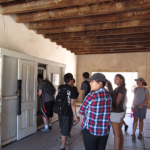








Twelve students in nine sessions assisted by several scientists and volunteers:
-
Completed a sacaton vegetation community restoration project—they purchased five tons of rock and placed them strategically to reduce erosion and increase moisture and seed retention for the grasses; they placed downed mesquite limbs for erosion control and to prevent off road access by vehicles. Students purchased five more tons of rock for habitat improvement on another frog pond.
-
Successfully ran a volunteer day to complete their restoration work at the Cieneguita wetlands. Youth led 23 other volunteers in removing invasive species (cattails and bulrush) and transplanting spike rush to out-compete the non-native plants in two habitat ponds. YES! students were responsible for leading the days events and managing all volunteers.
-
Students completed an initial design and allocated funding an interpretive sign for the sacaton erosion project and funding smaller conservation signs for the Cieneguita habitat ponds.
YES! 2013: Cieneguita Ponds










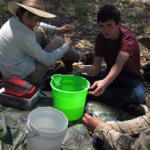
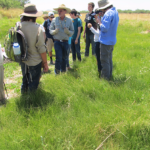



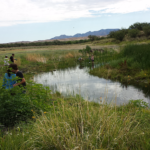
Nine students focused on improving the Cieneguita ponds for aquatic species of animals and plants. They learned to identify a variety of grasses, sedges, and other native desirable plants.
Almost 50 Huachuca water umbel plants were transplanted to one pond and logs were added to protect small fish. Students developed our first volunteer day at the site, transplanting over 150 plugs of native grasses and removing dirt piles. Two television crews filmed their work and reported the story.
YES! 2012: Native Frog Habitat at Cottonwood Pond







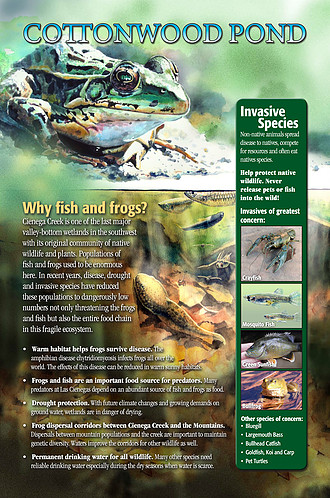
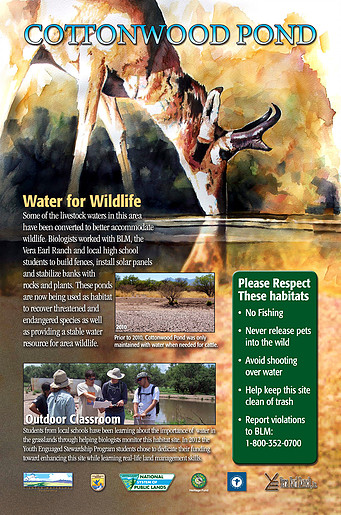







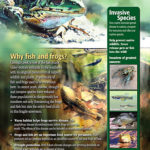

In 2012, YES! was piloted with seven students, mainly from the Empire High School in Vail or connected with the Ironwood Tree Experience (formerly with Prescott College).
Seven students focused their efforts at improving Cottonwood Tank pond for future leopard frog reintroduction. They mapped the study area, propagated deer grass and planted, purchased rocks for stabilizing bank and water tank, laid out placement of fencing, established photo monitoring points, and designed educational signage for the site.
For additional information, please contact us.

